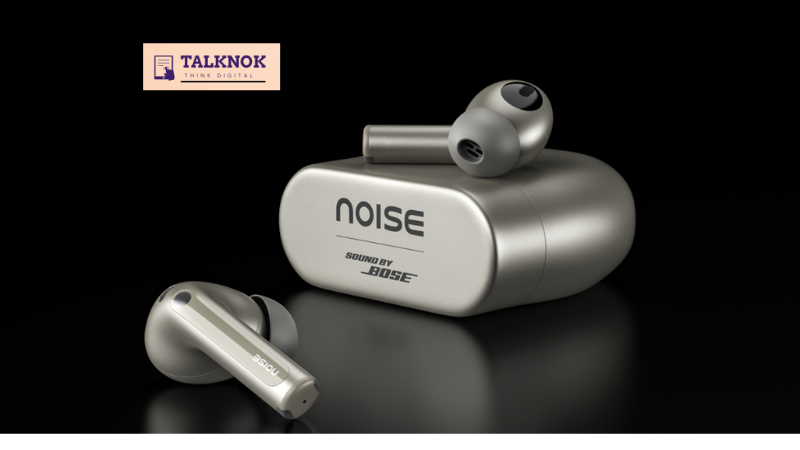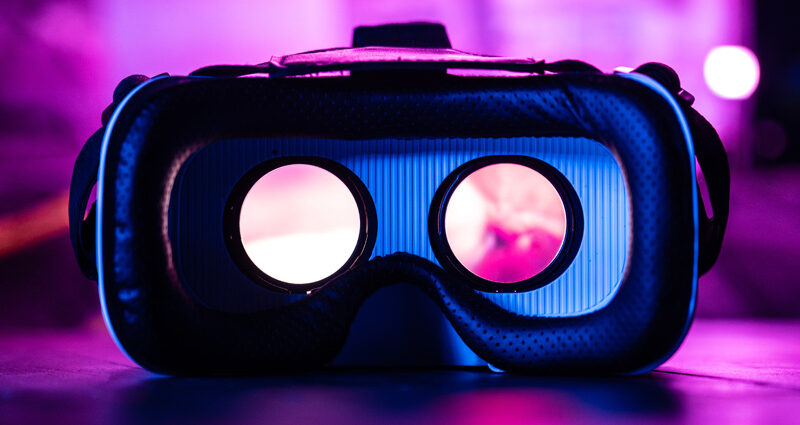Nvidia new GPU RTX 5090: Will Black Screen Problem Still Continues?

Why the Nvidia new GPU RTX 5090 is having this black screen problem. Let me start by addressing possible causes.
Hardware issues: If there’s a defect in the GPU itself, like faulty VRAM or power delivery components. Overheating could also be a culprit if the cooling system isn’t adequate.
Then there’s the possibility of driver problems. If the drivers are incompatible or corrupted, that could definitely cause a black screen.
Power supply is another angle. The RTX 5090 might have higher power requirements, so if the PSU isn’t sufficient or the cables aren’t properly connected, that could lead to instability. Also, some users might be using adapters instead of direct PCIe cables, which can cause issues.
Display connections and cables might be a problem too. If the HDMI or DisplayPort cables are faulty, or the ports on the GPU are damaged. It’s also possible that the monitor’s refresh rate or resolution settings are incompatible, leading to a black screen after booting.
Software conflicts could be another factor. Other applications or background processes might interfere with the GPU’s operation. Overclocking tools or RGB control software could be causing instability. Additionally, Windows updates or other OS issues might not be playing nice with the new hardware.
Discussing about the Solutions
On the user end, improper installation could be a simple fix. Reseating the GPU or ensuring it’s properly connected might resolve the issue. BIOS settings might need an update or adjustment, especially related to PCIe configurations or enabling above 4G decoding.
Are there many users reporting this, or is it isolated? Checking forums like Reddit, Nvidia’s community, or tech support sites could give a sense of the problem’s scope. If it’s a common issue, Nvidia might already be working on a driver fix. If not, it might be user-specific setups.
Potential solutions would involve troubleshooting steps like checking connections, updating drivers, testing with different cables or monitors, monitoring temperatures, and adjusting BIOS settings. If it’s a hardware defect, contacting Nvidia support or the retailer for a replacement would be necessary. If there are known issues that Nvidia has acknowledged, so looking for official statements or patches is important.
NVIDIA RTX 5090 Black Screen Issue: Analysis and Solutions
Reports of black screen issues with the NVIDIA RTX 5090 can stem from multiple factors. Below is a structured breakdown of potential causes and solutions:
1. Hardware-Related Causes
Defective GPU Components: Faulty VRAM, power delivery, or capacitors could cause instability.
- Check: Test the GPU in another system or try a different GPU in the current setup.
- Overheating: Inadequate cooling or poor airflow may trigger thermal throttling or shutdowns.
- Check: Use monitoring tools (e.g., HWInfo) to log temperatures under load.
- Power Supply Issues:
- Insufficient Wattage: The RTX 5090 may require a robust PSU (e.g., 850W+).
Faulty Cables/Adapters: Avoid using daisy-chained PCIe cables; use dedicated cables.
Solutions:
- Upgrade to a high-quality PSU with sufficient wattage.
- Reseat the GPU and ensure all power connectors are secure.
2. Driver/Software Issues
- Buggy or Incompatible Drivers: Early drivers for new GPUs often have instability.
- Check: Roll back to a stable driver version or install the latest update from NVIDIA.
- Conflicting Software: Overclocking tools (MSI Afterburner), RGB utilities, or antivirus programs may interfere.
- Check: Boot into Safe Mode to isolate software conflicts.
Solutions:
- Perform a clean driver install using Display Driver Uninstaller (DDU).
- Disable overclocks and close background apps.
3. Display Configuration Problems
- Faulty Cables/Ports: Test with alternate HDMI/DisplayPort cables or ports.
- Check: Boot into Safe Mode and reset display settings to default.
Solutions:
- Use a certified high-bandwidth cable (e.g., HDMI 2.1, DP 1.4a).
- Lower the refresh rate/resolution temporarily.
4. System Configuration
- BIOS/UEFI Settings: Ensure PCIe slot is set to Gen 4/5 (not Auto) and “Above 4G Decoding” is enabled. Update motherboard BIOS to the latest version.
- OS Issues: Corrupted Windows updates or OS files.
Check: Run sfc /scannow or perform a system restore.
5. Known Issues & Community Reports
- Check NVIDIA Forums/Reddit: Search for widespread reports (e.g., r/NVIDIA or Tech Power Up).
- RMA or Warranty: If hardware defects are suspected, contact NVIDIA or the retailer for replacement.
Troubleshooting Checklist
- Test the GPU in another PC.
- Use DDU to reinstall drivers.
- Verify PSU and cable integrity.
- Test with a different monitor/cable.
- Disable all overclocks.
- Update BIOS/OS/drivers.
Pros of the RTX 5090
- Massive Performance Leap
- Expected to use TSMC’s 3nm process, offering ~50-70% more performance than the RTX 4090.
- Higher CUDA cores, clock speeds, and memory bandwidth for gaming, AI, and content creation.
- Next-Gen Blackwell Architecture
- Improved ray tracing & DLSS 4.0 (better AI upscaling & frame generation).
- More efficient Tensor Cores for AI workloads (useful for Stable Diffusion, LLMs, etc.).
- Faster & Larger VRAM (GDDR7 Expected)
- Likely 24GB-32GB of GDDR7 memory, with 50%+ bandwidth over GDDR6X.
- Better for 8K gaming, AI models, and high-resolution rendering.
- Better Power Efficiency
- Despite higher performance, 3nm process could improve efficiency (lower power draw per frame).
- PCIe 5.0 Support
- Future-proofing with higher bandwidth for next-gen SSDs & systems.
- AI & Productivity Dominance
- NVIDIA’s lead in AI acceleration makes the 5090 ideal for machine learning, 3D rendering, and video editing.
Cons of the RTX 5090
- Extremely High Price
- Likely 1,800−1,800−2,500+, continuing NVIDIA’s trend of premium pricing.
- Power Consumption & Heat
- Even with efficiency gains, TDP could hit 500W+, requiring a high-end PSU & cooling.
- Overkill for Most Gamers
- Only beneficial for 4K/8K gaming or AI workloads—most gamers won’t need this power.
- Potential Supply Issues
- High demand & possible scalping issues (like with the RTX 4090).
- No Major Competition (Monopoly Concerns)
- AMD may not match its performance, leading to less price competition.
- Possible Delays or Feature Cuts
- Past NVIDIA launches had delays & last-minute spec changes.
If the issue persists, contact NVIDIA Support for potential hardware replacement. Early-adopter GPUs may require firmware/driver patches, so monitor NVIDIA’s official channels for updates.
*Note: If this is a hypothetical scenario (RTX 5090 is not yet released), treat this as a general guide for GPU troubleshooting.






